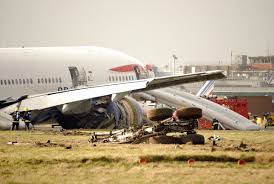The Growing Importance of Delivery Services in Today’s World

Introduction
In recent years, delivery services have become an integral component of daily life, reshaping how we shop, access goods, and even communicate. With the rise of e-commerce, the need for reliable and efficient delivery systems has skyrocketed. In 2023, the global delivery services market is projected to be valued at around £100 billion, a testament to its significance in modern consumer behaviour and business operations.
Recent Developments in Delivery Services
As businesses have adapted to changing consumer demands, significant advancements in delivery services have emerged. The COVID-19 pandemic accelerated the shift towards online shopping, compelling retailers to enhance their logistical frameworks. Companies like Amazon and Deliveroo have introduced same-day and even one-hour delivery options in numerous urban centres, ensuring that consumers receive their products promptly.
Additionally, the introduction of contactless delivery methods and digital tracking has improved customer satisfaction and safety during the pandemic. Many delivery services now utilise mobile apps that allow consumers to track their packages in real-time, providing reassurance and transparency that was lacking in traditional delivery processes.
Challenges Facing Delivery Services
Despite the rapid growth, the delivery sector faces several hurdles. Last-mile delivery, the final step in the delivery process, can be fraught with challenges due to traffic congestion, inadequate infrastructure, and rising fuel costs. Furthermore, labour shortages have affected delivery systems, with companies struggling to find and retain skilled delivery personnel as demand continues to rise.
Moreover, environmental concerns are pushing businesses to rethink their delivery methods. Many companies are exploring eco-friendly practices, such as electric vehicles and bike couriers, to reduce their carbon footprint and appeal to increasingly environmentally-conscious consumers.
Conclusion
The future of delivery services looks promising but requires adaptability and innovation. As technology continues to evolve, we can expect to see enhanced automation, including drone and autonomous vehicle deliveries, revolutionising the logistics landscape further. For consumers, these changes signify not just convenience but a deeper transformation in how products are distributed globally. As we navigate this evolving marketplace, understanding the dynamics of delivery services will remain crucial for both businesses and consumers looking to thrive in an ever-changing world.







